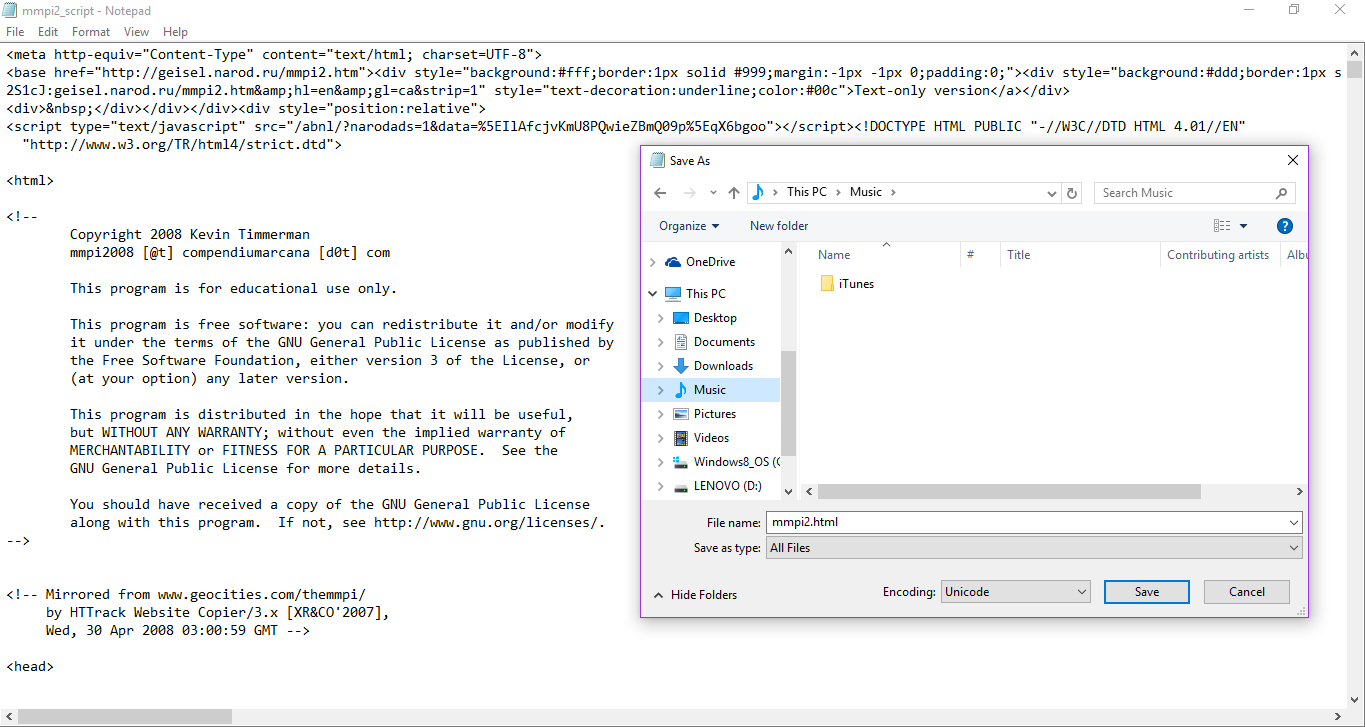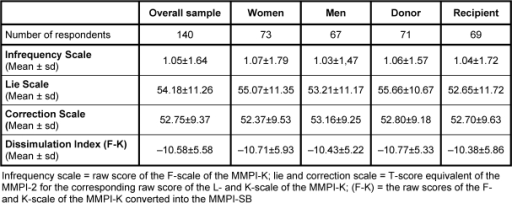

The MMPI-2-RF has been in use for five years, during which a substantial literature has accumulated on the nine validity scales of the inventory. This article reviews some of the literature available to guide use of validity scales of the most recent version of the inventory, the Minnesota Multiphaisc Personality Iniventory-2 Restructured Form (MMPI-2-RF Ben-Porath & Tellegen, 2008/2011), in the criminal justice system. Although, for these reasons, validity scales are arguably the most important MMPI measures when the test is used in criminal justice settings, they are also among the most challenging scales to interpret. And in other scenarios, such as a pre-release risk assessment, test-takers may be motivated to under-report certain psychological problems.


Whether as part of an effort to avoid the assignment of criminal responsibility or to obtain valuable psychotropic medications in the prison system (to cite just two of many possible motivations), individuals undergoing psychological evaluations in the criminal justice system often have incentives to over-report psychological problems. Lack of motivation, low reading and language comprehension skills, limited intellectual resources, and cognitive impairment may compromise an individual’s capacity to respond meaningfully to psychological test items. One likely reason why the test is used widely in the criminal justice system is the availability of a broad range of validity scales, which can be used to gauge a test-taker’s approach to what are often high-stakes evaluations. Psychological tests are used widely in the criminal justice system, and the MMPI in particular remains among the measures most commonly applied by forensic psychologists (Archer, Buffington-Vollum, Stredny, & Handel, 2006).


 0 kommentar(er)
0 kommentar(er)
